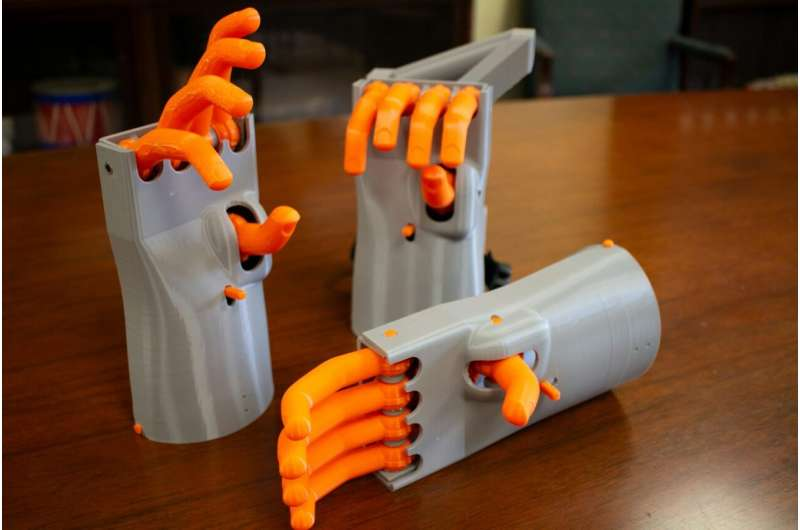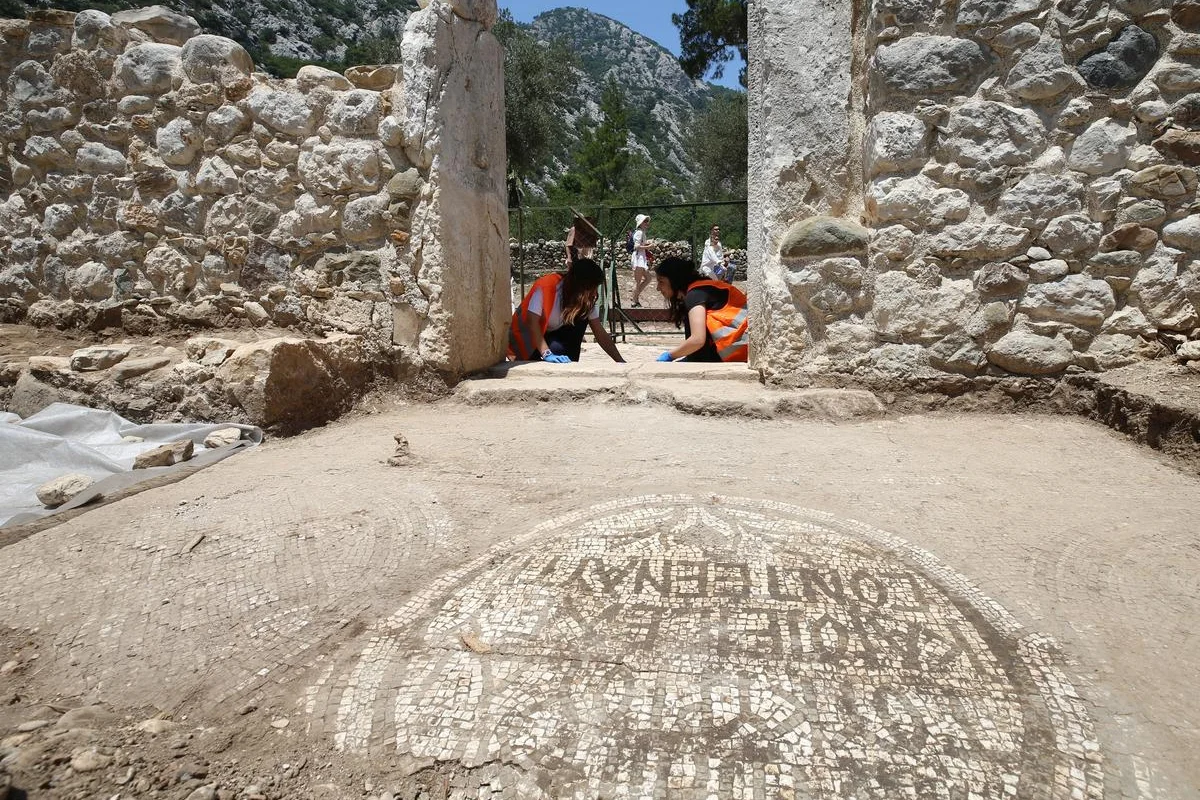A Costume Detail That Only Archaeologists Recognized
When a filmmaker of Christopher Nolan’s caliber—renowned for his meticulous attention to detail—embarks on an epic historical adaptation, audiences expect a high degree of accuracy. Known for working closely with experts, as seen in Interstellar where physicist Kip Thorne advised on astrophysics, Nolan’s latest project, Odyssey, seemed poised to follow suit. However, the first released image from the set has sparked debate among those well-versed in history and mythology.
The First Look at Odyssey and an Unexpected Flaw
The image in question features Matt Damon in full costume as Odysseus. To the untrained eye, nothing appears out of place. Fans are simply relieved that Damon was cast instead of Tom Holland, as rumors suggested. While there is still speculation about flashbacks involving a younger version of Odysseus, the focus has shifted to a critical historical inaccuracy that stands out to archaeologists and mythology experts.
What Did Nolan Get Wrong?
The issue lies in the design of Odysseus’ armor. Hollywood has a tendency to default to certain historical periods when designing costumes, often favoring aesthetics over accuracy. The armor seen in Nolan’s Odyssey resembles that of the Classical Period (5th century BCE and later), a style frequently used in films such as Troy (2004). However, this does not align with the era in which Odysseus is believed to have lived.
Homer’s epics, including The Odyssey and The Iliad, are set during the late Bronze Age, specifically around the 13th or 12th century BCE. The Trojan War and Odysseus’ subsequent journey home would have taken place approximately in this timeframe. The appropriate armor for this period should reflect the Geometric or Mycenaean styles, which differ significantly from the later Classical designs.
The Challenge of Historical Accuracy in Filmmaking
Recreating historically accurate armor from the Bronze Age is undoubtedly a complex task. Unlike later periods with well-preserved examples, Mycenaean-era armor is rare and requires extensive research to replicate faithfully. While it is impractical to expect a film production to source authentic armor from museum collections, greater attention to detail would enhance the historical authenticity of the project.
Does This Detail Really Matter?
For the average viewer, costume inaccuracies may go unnoticed and do little to affect overall enjoyment of the film. However, for history enthusiasts and scholars, such details contribute to the immersive experience of storytelling. While fans eagerly anticipate Nolan’s vision of Odyssey, those with an eye for historical precision will undoubtedly be watching closely to see if further anachronisms emerge.
Regardless of this minor controversy, the excitement surrounding Odyssey remains high. Nolan’s ability to craft compelling narratives ensures that audiences will be captivated—accurate armor or not.







